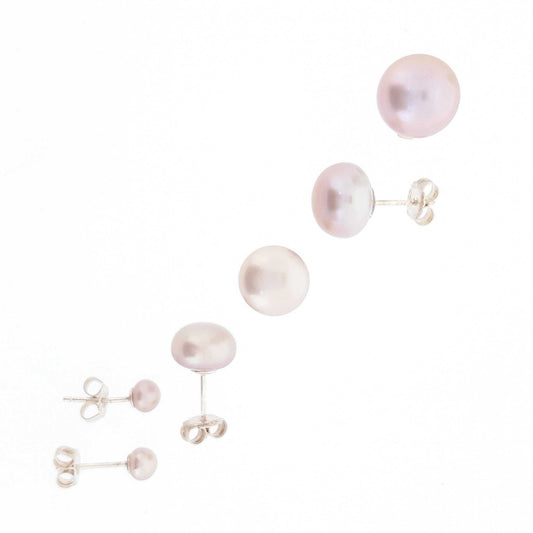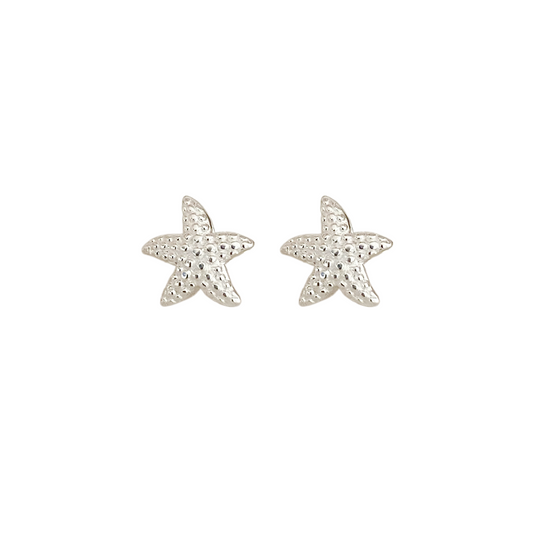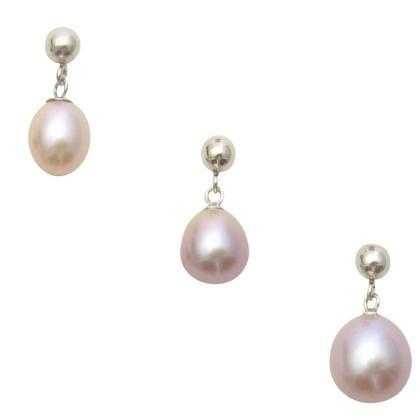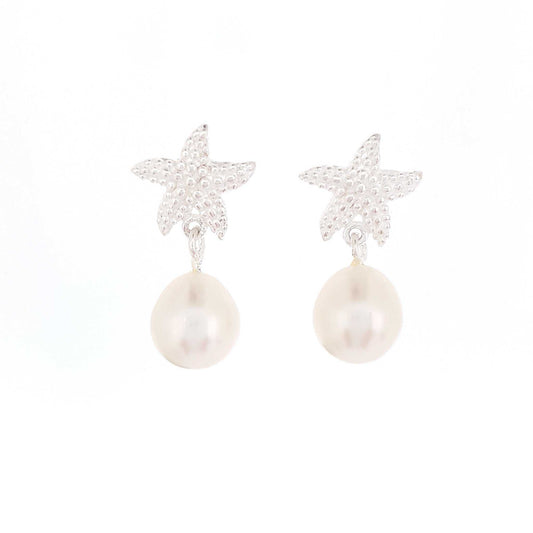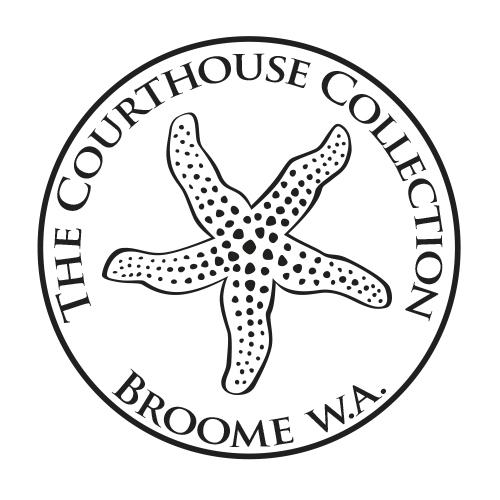Seeding

The nucleus (seed) is made from the “Washboard” mussel shell found in the Mississippi River. The seeds cost from $0.20 to $150 USD

Pearls are harvested during the cooler dry season months when nacre production is slowest, and the oysters are no longer sexually active and hopefully the nacre crystals are better aligned giving better lustre. If the pearl is good the oyster is reseeded. An oyster may be seeded up to 3 and on occasions 4 times. The harvest results vary wildly. Some will have no pearl, many will produce lower quality product and a small percentage will produce magnificent gems.
For the Maxima pearl only about 65 of every 100 oysters first seeding will produce a saleable pearl with diminishing returns for the second and third seeding of oysters. Of course these second and third seedings produce larger pearls as the older, larger animal can accomodate a larger seed. The very top quality gems represent only 1% to 5% of the harvest.


